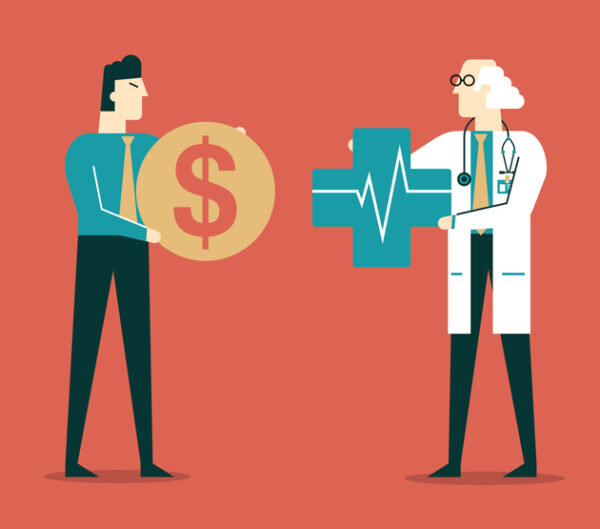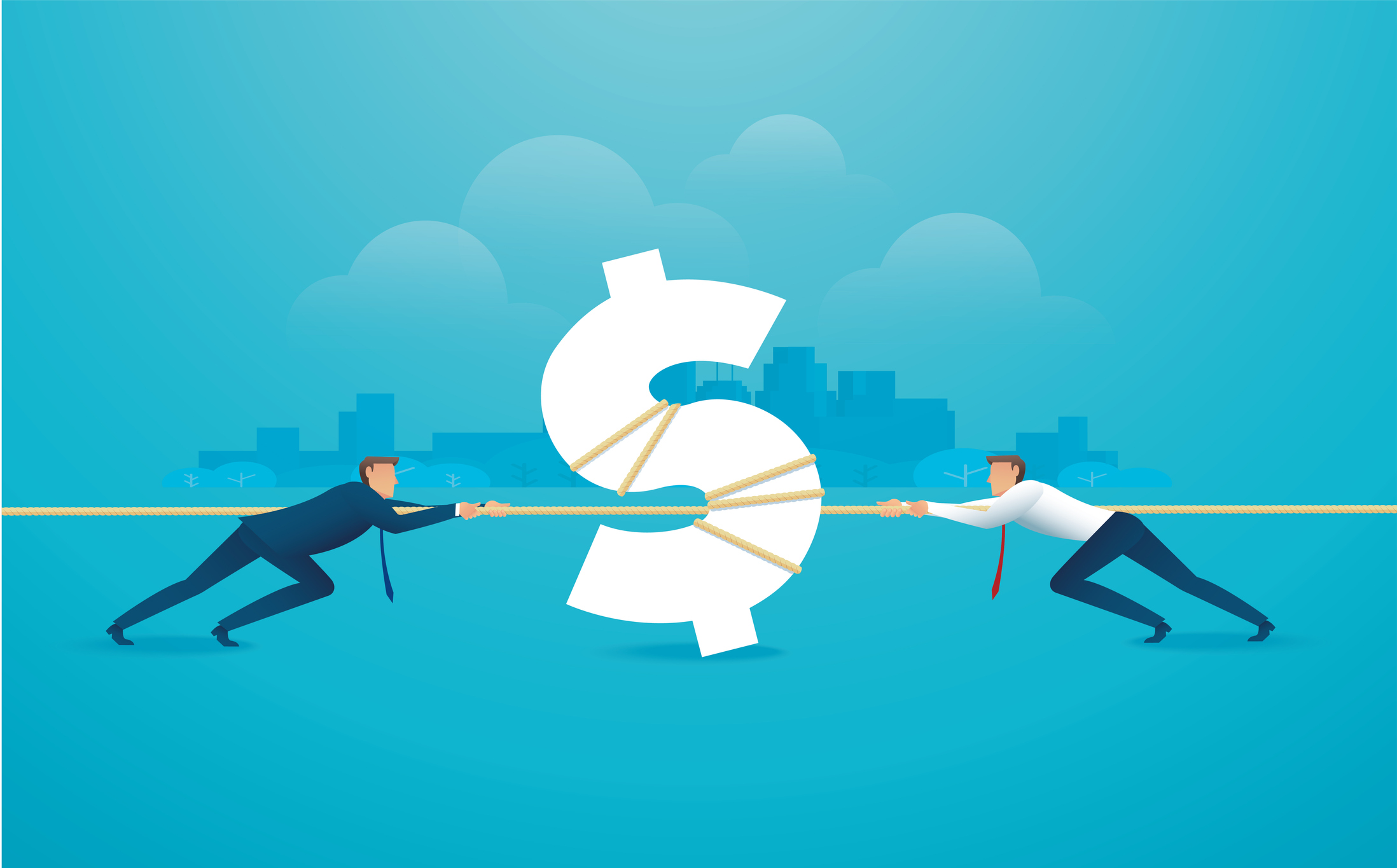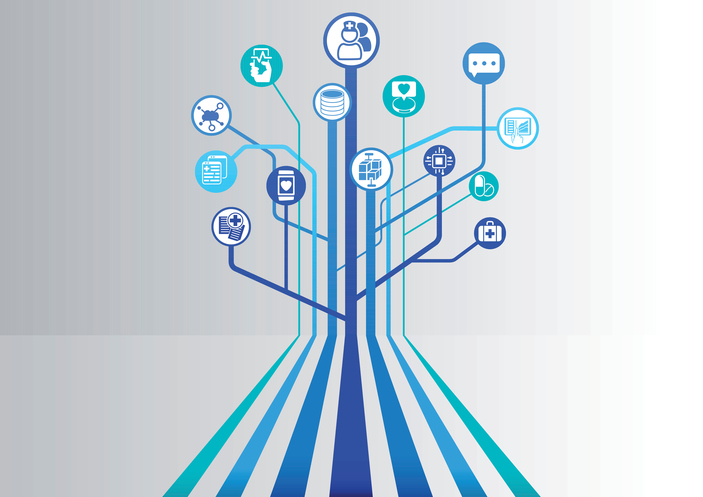
Consumers expect versatility, flexibility, speed, and convenience from their payment experiences, and those expectations increasingly are being applied to healthcare.
Often, consumers are willing to change the payment methods they use based on circumstances, a recent consumer survey from Banked found. For example, half of U.S. consumers reported in 2023 that they would use more than one payment method if it was available at checkout, up from 43% the prior year.
Similarly, 79% of consumers said they use between two and five payment methods monthly, a significant rise from 57% in 2022. Modern options such as digital wallets, which include Apple Pay, Google Wallet, and PayPal, have become increasingly popular due to ease-of-use and strong security, with 60% of respondents reporting having used digital wallets in the past month.

Unlocking Transparency in PBM Pricing
The TSX Venture Exchange has a strong history of helping early-stage health and life sciences companies raise patient capital for research and development.
In terms of online payment methods, debit cards (67%) were the most-preferred option, followed by PayPal (53%), credit cards (51.4%), Cash App (31.6%), digital wallets (20.4%), Venmo (16.4%), and bank transfers (10%).
Indeed, when it comes to consumer – and patient – preferences for payment options, security and speed reign supreme.
Learning from other industries
If other consumer-facing industries like retail are catering to consumer preferences for modern, flexible payment options, why shouldn’t healthcare?

Using Informed Awareness to Transform Care Coordination and Improve the Clinical and Patient Experience
This eBook, in collaboration with Care Logistics, details how hospitals and health systems can facilitate more effective decision-making by operationalizing elevated awareness.
Following are three examples that present consumer-friendly (and business-friendly) payment options that could be applied to healthcare:
- Self-checkout at the grocery store: A sometimes-polarizing topic, self-checkout can elicit strong feelings from people depending on their personal preferences. Some people prefer the idea of quickly checking out and paying at a kiosk while others opt for the traditional line, even if it means a longer wait. One thing we know is that one size does not fit all in this case and shoppers like the option to choose. By implementing multiple options to patients, healthcare providers can meet varying preferences. For example, allowing a patient to complete their payment (such as a copay) on their own device before they arrive, at a self-service kiosk in the waiting room, or by speaking to the person at the desk provides the convenience patients are used to.
- QR codes at restaurants: One pandemic-era trend that has endured is the ability to for restaurant diners to pay their bill by scanning a QR code with their smartphone camera. This process puts control of the payment process in the hands of the diner, enabling them to bypass the traditional multi-step waiter-driven payment experience. QR code payments also bring the benefits of customer loyalty programs, capturing customer contact info to later use in sending out promotional information. Providers can obtain the benefits of QR code payments by including them on billing statements, , allowing the patient to quickly pay their bill without needing to remember a username and password. Additionally, QR codes could be used in the waiting room to direct patients to download and sign up for the provider’s patient portal to encourage more digital communication between the patient and provider.
- Financing and payment plan options: From airline tickets to sporting goods to clothing, many items are now available to consumers under payment plans with financing or pay-over-time options. Once again: Why shouldn’t healthcare follow suit?
For patients, the benefits of payment plans are obvious: healthcare is rarely a planned expense, so providing flexibility in payment will help enable complete payment from the patient while minimizing the impact to the other daily expenses of everyday life.
For providers, financing helps increase revenue and service streams by enabling patients paying out of pocket for elective services, or those with high deductible insurance plans to confidently schedule procedures and understand and plan for financial implications.
There are multiple different pay-over-time options in the market, each with their own benefits and considerations. Providers should carefully consider whether they want to invest in a comprehensive financing solution utilizing multiple lenders or implement a quick recurring payment product using tokens in coordination with their existing payments partner. When determining the right option for their organization, providers should consider the patient relationship, the types of procedures and care they deliver, and how the patient financing tool will be incorporated into the existing patient experience.
Evolving consumer preferences are driving rapid changes to the payments landscape, with greater emphasis on transparency, speed, convenience, and flexibility. To keep up with these payment trends, providers should consider lessons learned from other industries and apply them to healthcare.
Photo: sorbetto, Getty Images
Johnathan (John) Welch is Chief Product Officer at Sphere, where he leads the Product organization and drives the roadmap for Sphere's payment and healthcare focused product suite. Originally from London, England, John is an internationally minded payments expert with over 15 years of experience working for some of the largest payment providers and banks in the world, including leadership roles at Wells Fargo, JPMorgan Chase, WorldPay, and MasterCard.
This post appears through the MedCity Influencers program. Anyone can publish their perspective on business and innovation in healthcare on MedCity News through MedCity Influencers. Click here to find out how.












